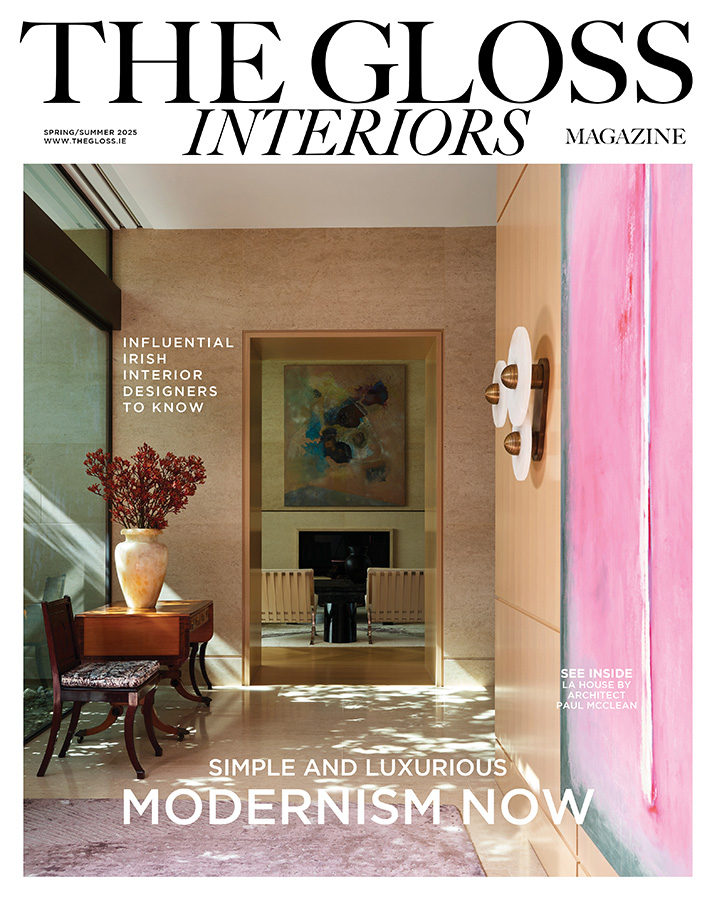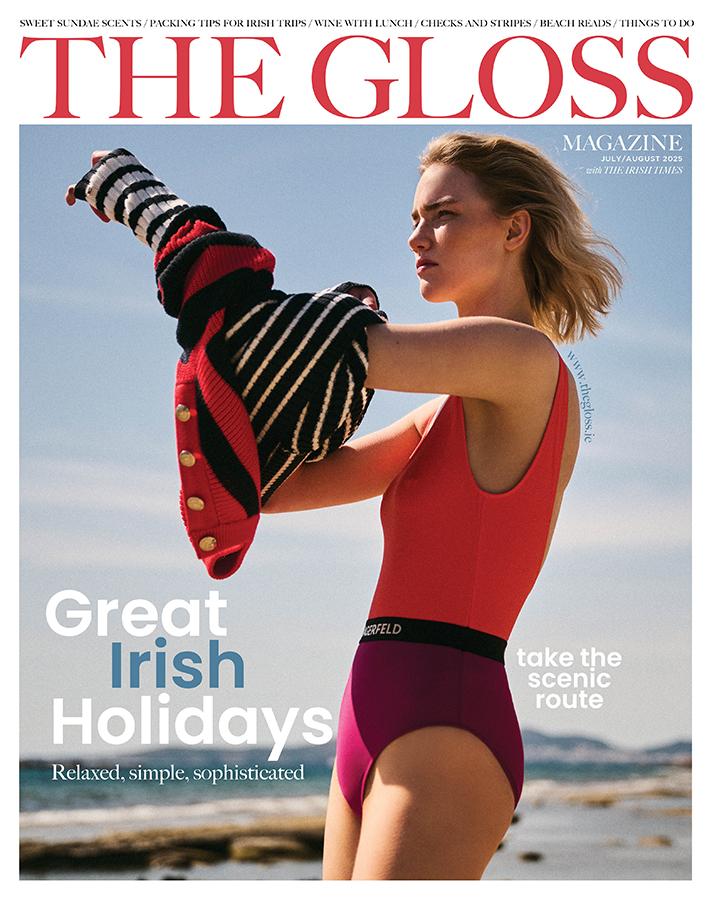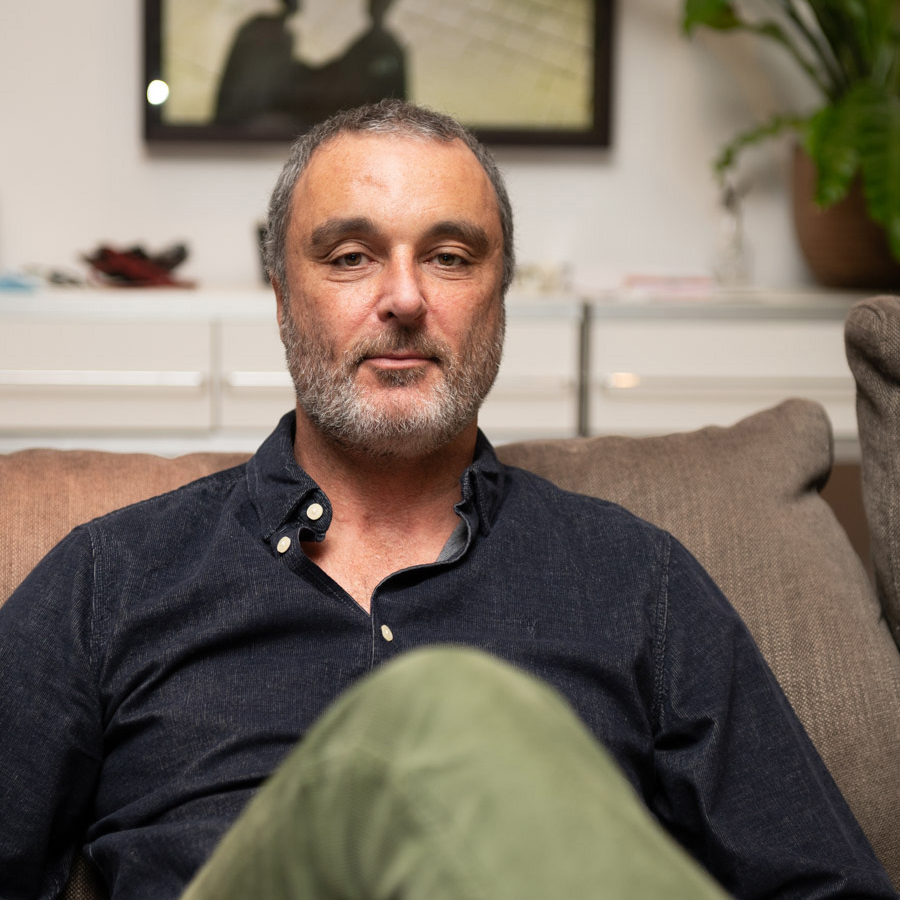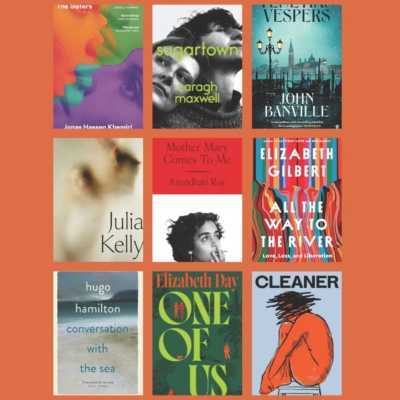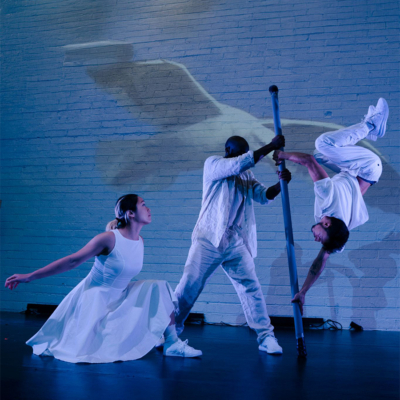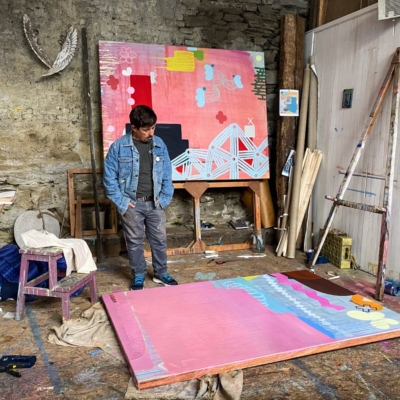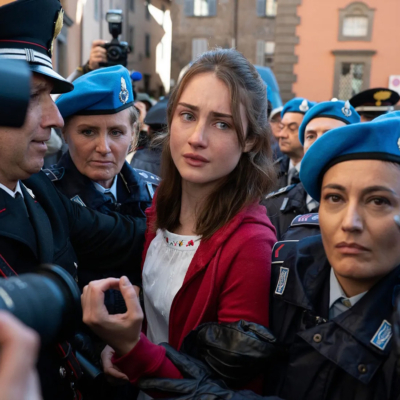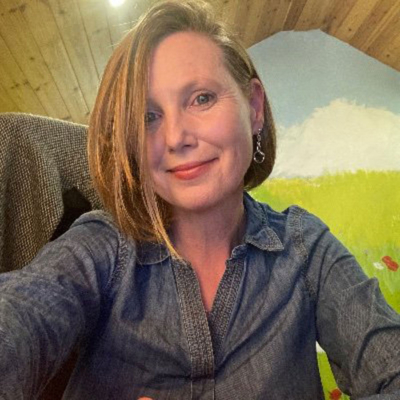Frank Keane’s keen eye for photography captures Irish landscapes and stills with finesse, as seen in his new book Heaven and A Hard Place …
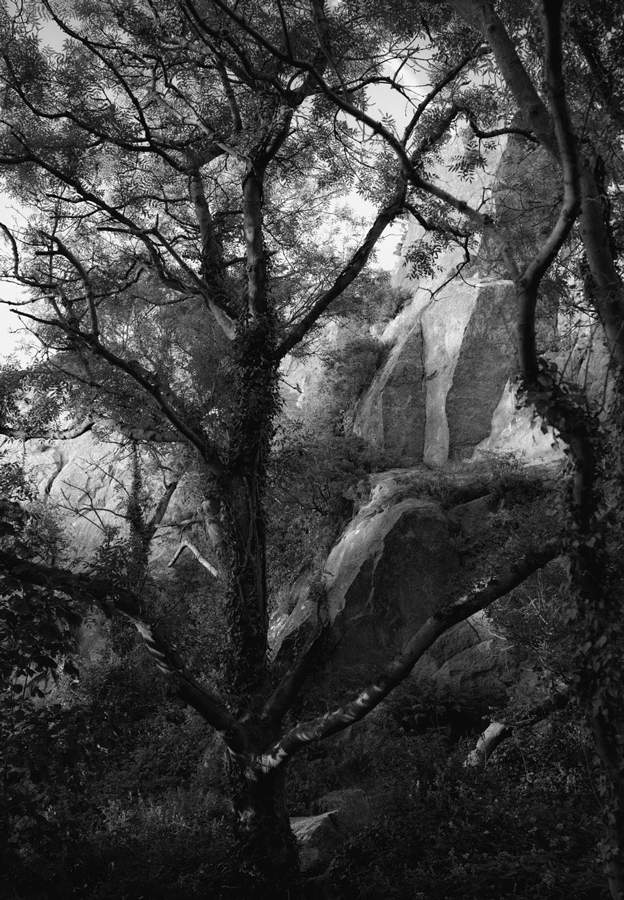
Can you tell us about your background and how you got interested in photography?
I’ve always been drawn to aesthetics as a freelance web designer and also a drama teacher in a past life. In 2014, I was inspired by Dublin photographer Eamonn Doyle’s shots of the inner city. I started going into town to see if I could try to make Dublin look as beautiful and engaging as it was in the worlds he was creating. I was trying to create my own “other world” within the familiar city. So, I got into street photography first – Eamonn Doyle, Saul Leiter, William Eggleston, Vivian Maier, Alex Webb and Joel Meyerowitz, to mention a few – were the shoulders I was trying to stand on.
Eventually, I moved back to Dalkey, the town where I grew up. This was a very different hunting ground for pictures and forced me away from street to suburban landscape photography. That was great for helping me find my own style as I had no familiar inspiration to reference. I found character and history in the granite walls and over-grown lanes.
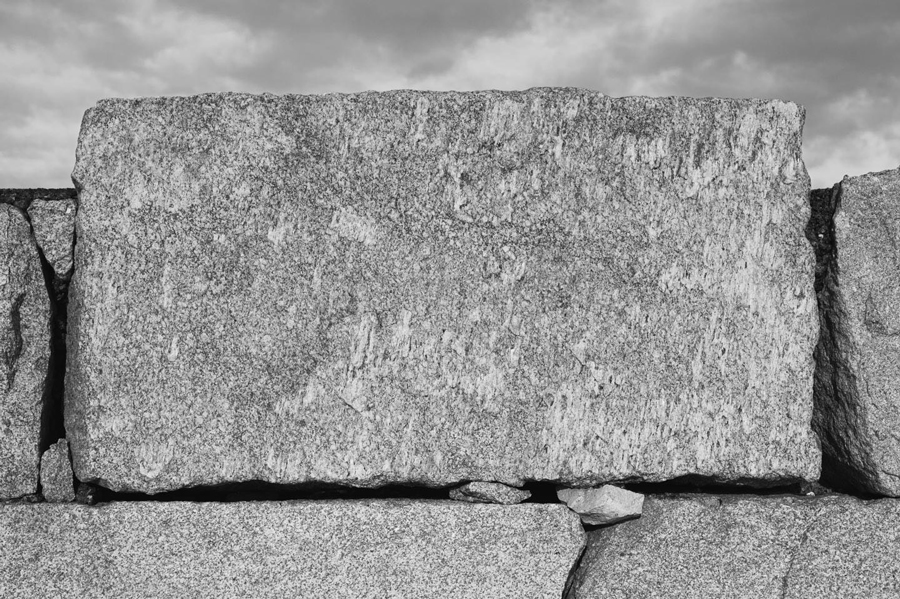
How would you describe your photography style? How and where do you work?
I would describe my style as graphic, maybe abstracted, landscape. The subjects or scenes are isolated from any context, so they could be in any place or dimension. They are solitary worlds that maybe don’t exist outside the imagination, the idea that no-one else has ever been to or seen these places before is also a feeling I try to express. These monuments are just there, no-one knows how or when they were put there. This is some kind of vague childhood memory, a complete innocence of the world and the endless opportunity within. I crouch and knee, so people look at me funny, wondering why I’m photographing walls when the sunset is behind me!
Tell us about your new book, Heaven and a Hard Place, and the connection between Dalkey Quarry and Dún Laoghaire Pier …
Heaven and a Hard Place is my first book and came about from the marrying of two collections I was working on. I would take walks in the evening light, either up around Dalkey quarry or down to Dún Laoghaire pier. The more I photographed the granite, I began to think about the fact that this four billion-year-old raw material – which had been in place since the Caledonian Orogeny – had been removed and given function, form and “life” by humans. There was a metaphor for the human condition in its relocation and purpose. I also just loved the way a low sun would catch the texture of the clean stone at both sites.
What significance does Dún Laoghaire pier hold for you and your work?
It’s a familiar place where I have taken many walks since I was a kid. Sunday afternoon chats and nodding to familiar faces walking by. I liked the fact that you could see Dalkey quarry while looking over the pier’s granite chunks. Does this torture the granite? Does it want to go home? Does the quarried hill gaze down on its pieces stretched out in front of it? It’s from these daydreams that the book was conceived.
Do you have any particular favourite photographs in the book, or what do you hope people will take away from it?
The one that ties the project together for me conceptually is the one below, with the drill-hole in its face. This drill-hole disturbed the rock in its original setting and began the process that made it what it is currently. It also serves as an eye for the rock which, according to general wisdom, lets us see into its soul.
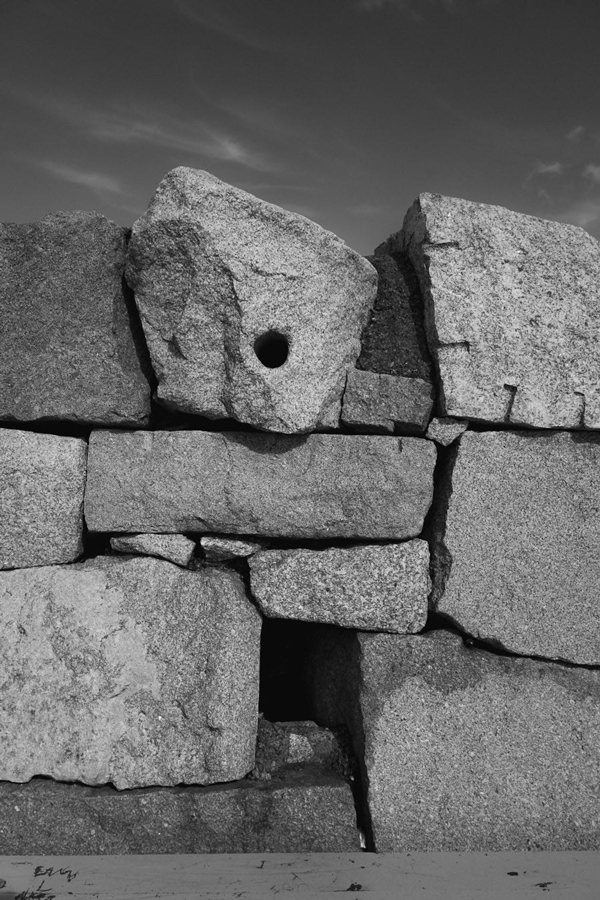
I would love if the book sparked peoples’ imaginations when walking the pier or quarry. They might take note of the rocks and appreciate the beauty of the material and workmanship, or even recognise some of the characters as they walk by.
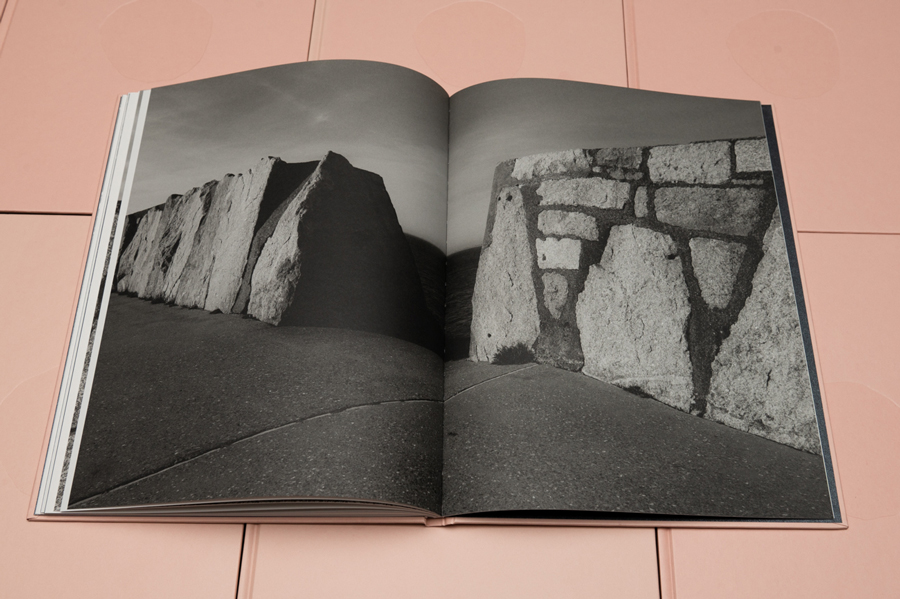
Need to know: Book launch in Bibi’s Café, 2 Windsor Terrace, Dún Laoghaire, November 21st 6pm – 9pm. Book available for sale on Friday November 22, for €50, on www.frankkeanephoto.com
SEE MORE: Artistic License – Annika Berglund



